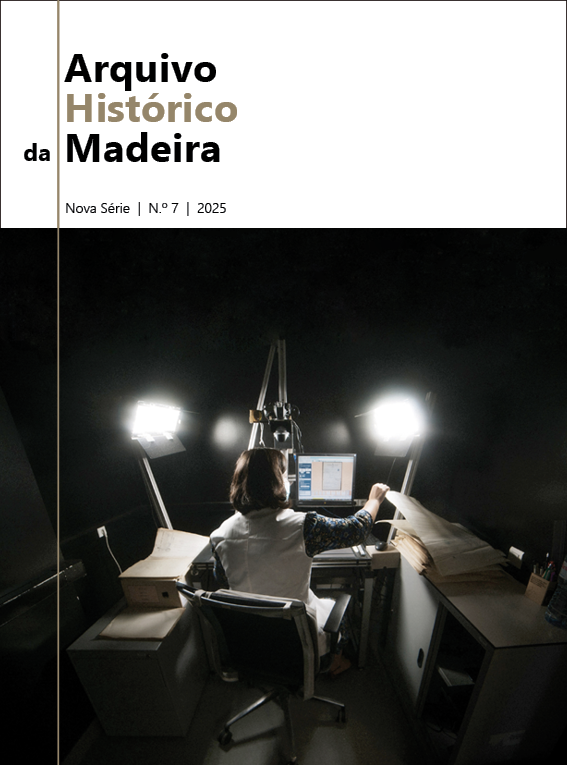Mortality in the Madeira Archipelago in the 19th Century (1826-1875): Contributions and Insights for its Understanding
Abstract
Mortality in the 19th century was strongly influenced by disease, poor sanitation and food crises. Cholera, smallpox and scarlet fever were among the main causes of death, mainly affecting the most vulnerable populations.
Cholera epidemics, which ravaged several regions of the world throughout the 19th century, were particularly devastating, affecting large urban centers and rural areas. Furthermore, hunger and malnutrition, resulting from crop failures and economic crises, have increased mortality, weakening the population’s resistance to infectious diseases.
Our study analyses the evolution of mortality in three parishes of the Madeira archipelago – Machico, Porto Santo and São Martinho – between 1826 and 1875, focusing on mortality crises and on the impact of the cholera epidemic in 1856. This analysis reveals significant differences between parishes, reflecting different degrees of vulnerability to adverse events. Infant mortality was particularly high in Porto Santo throughout the study period, compared to other parishes.
The year 1856 saw the highest number of deaths, a consequence of the cholera epidemic that ravaged the archipelago. Fluctuations in mortality that year show patterns of age susceptibility common to the parishes analysed, as well as discrepancies in the evolution over time of the number of deaths. These results suggest the influence of different factors, namely specific health and socioeconomic conditions of each parish.
Keywords: Mortality; 19th Century; Demographic Crises; Cholera; Early Childhood; Madeira Archipelago; Machico Parish; Porto Santo Parish; São Martinho Parish.
Downloads
Published
Issue
Section
License
Copyright (c) 2025 Arquivo Histórico da Madeira, Nova Série

This work is licensed under a Creative Commons Attribution-NonCommercial-NoDerivatives 4.0 International License.



